Certified International Dark Sky Reserves Around the World
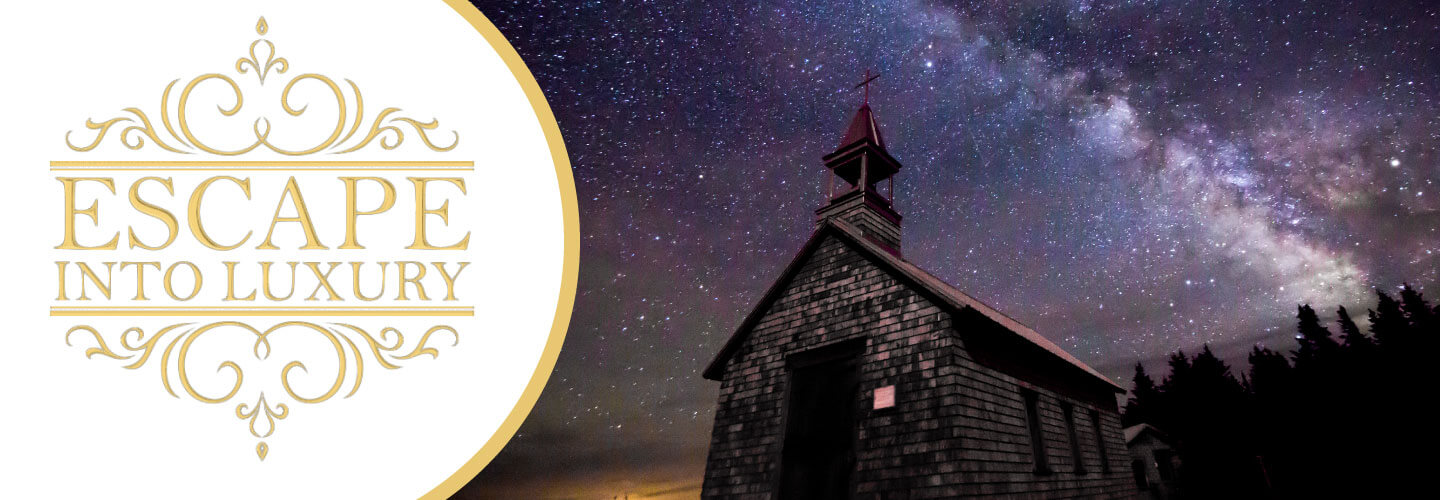

Did you know that one-third of the world population can’t see the Milky Way because of light pollution? Every development built causes the night sky to become less visible. But the International Dark Sky Association’s (IDA) certified Dark Sky Reserves* make sure certain parts of the world stay dark enough to see the stars.
If feeling awed by starry skies is on your bucket list, here’s 8 of the 20 certified International Dark Sky Reserves that can add a cosmic twist to your next grand adventure:
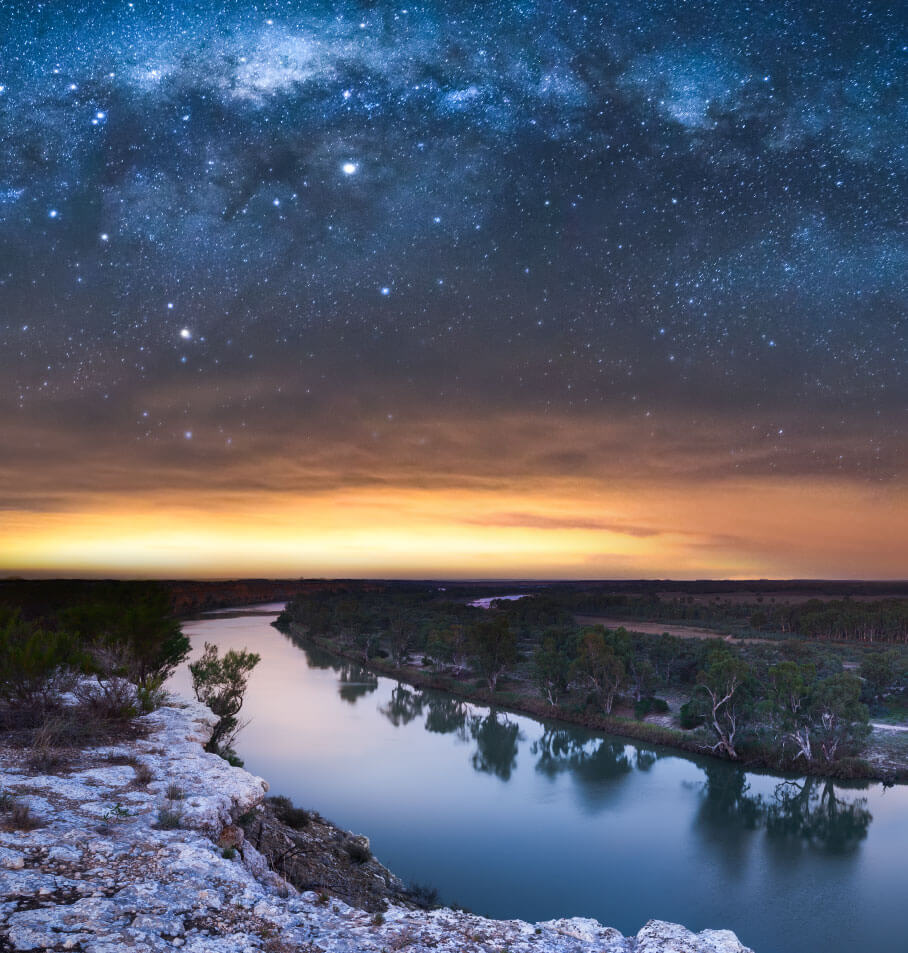
1. River Murray, Australia (2019) ( 60 miles east of the state capital, Adelaide) — Australia’s only International Dark Sky Reserve covers over 1,000 miles around a portion of the country’s longest river. Four-wheel drive is required to see the stars unless you visit the Ngaut Ngaut, Brookfield, Ridley, and Marne Valley conservation parks.
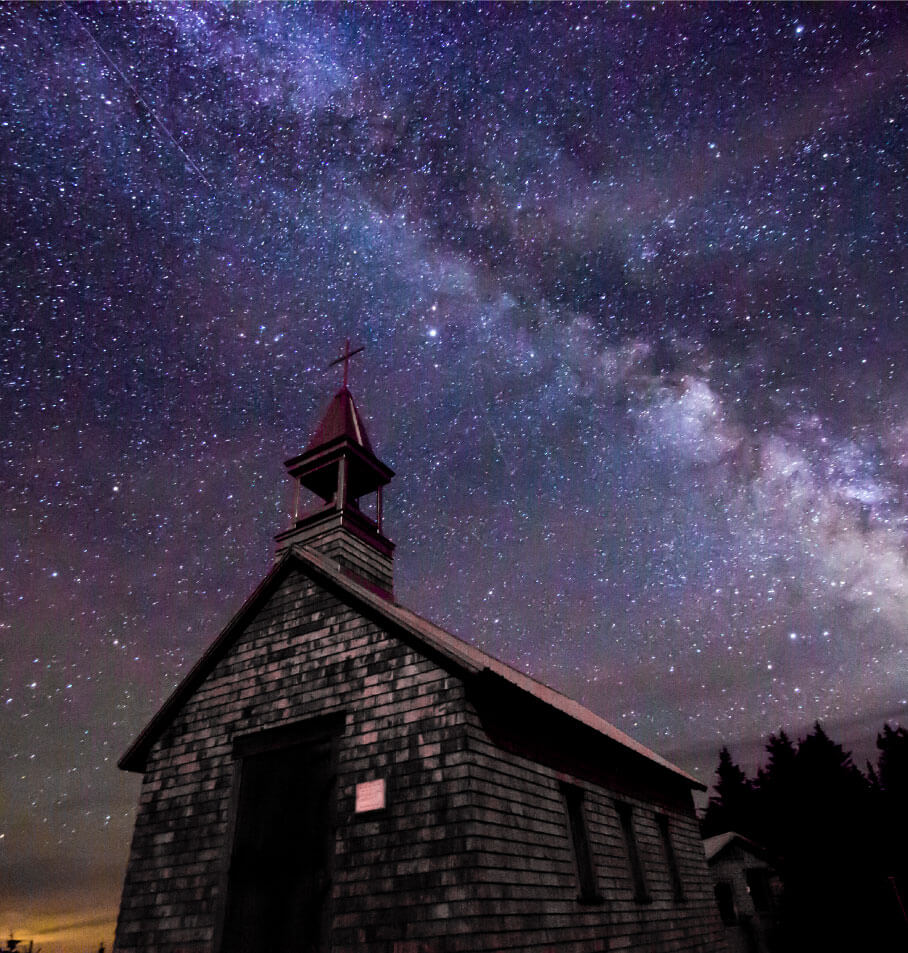
2. Mont-Mégantic, Quebec, Canada (2007) (approx.140 miles south of Quebec City) — The first International Dark Sky Reserve in the world, Mont Mégantic houses the famed Mont Mégantic Observatory, the second largest telescope in Eastern Canada. The observatory doubles as an ASTROLab, where visitors can learn about all things space and is the centerpiece of the annual Astronomy Festival.
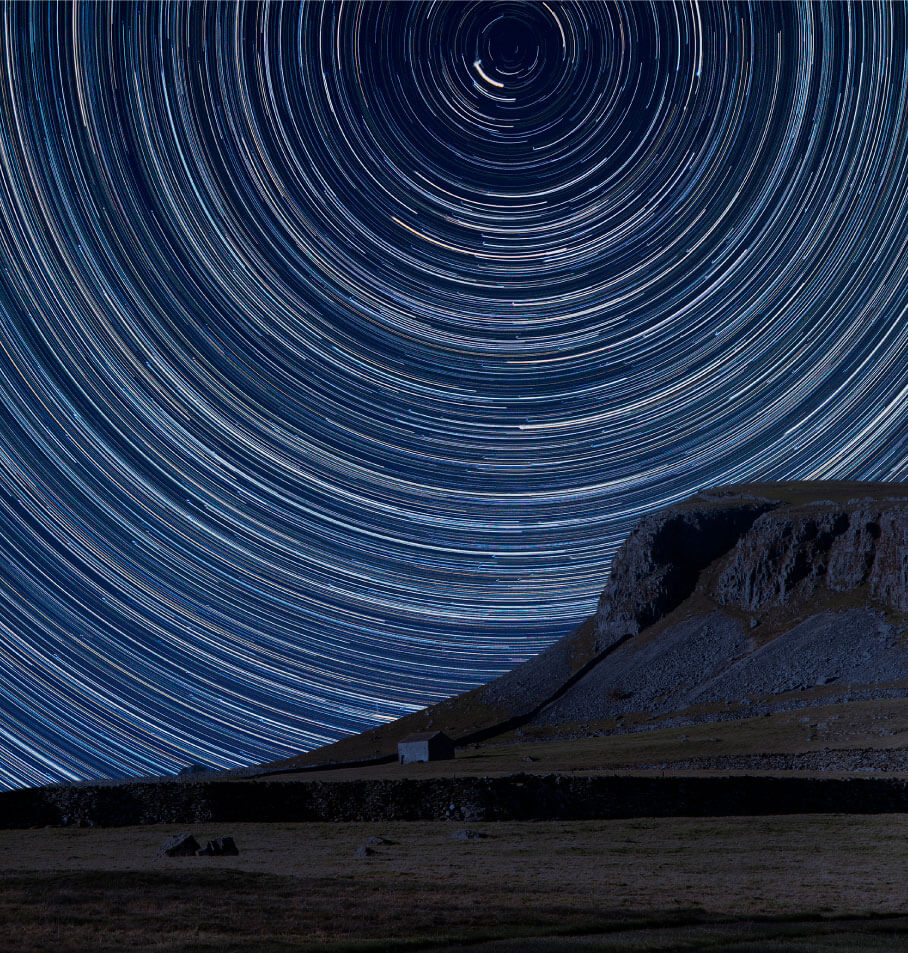
3. Yorkshire Dales National Park, England (2020) (approx. 70 miles from Leeds) — Only about an hour’s drive from North York Moors National Park, Yorkshire Dales National Park is a prime spot where you may catch a glimpse of the aurora borealis. Optimal star-gazing locations include the Malham National Park Centre, Buckden National Park Car Park, Hawes National Park Centre, and Tan Hill Inn.
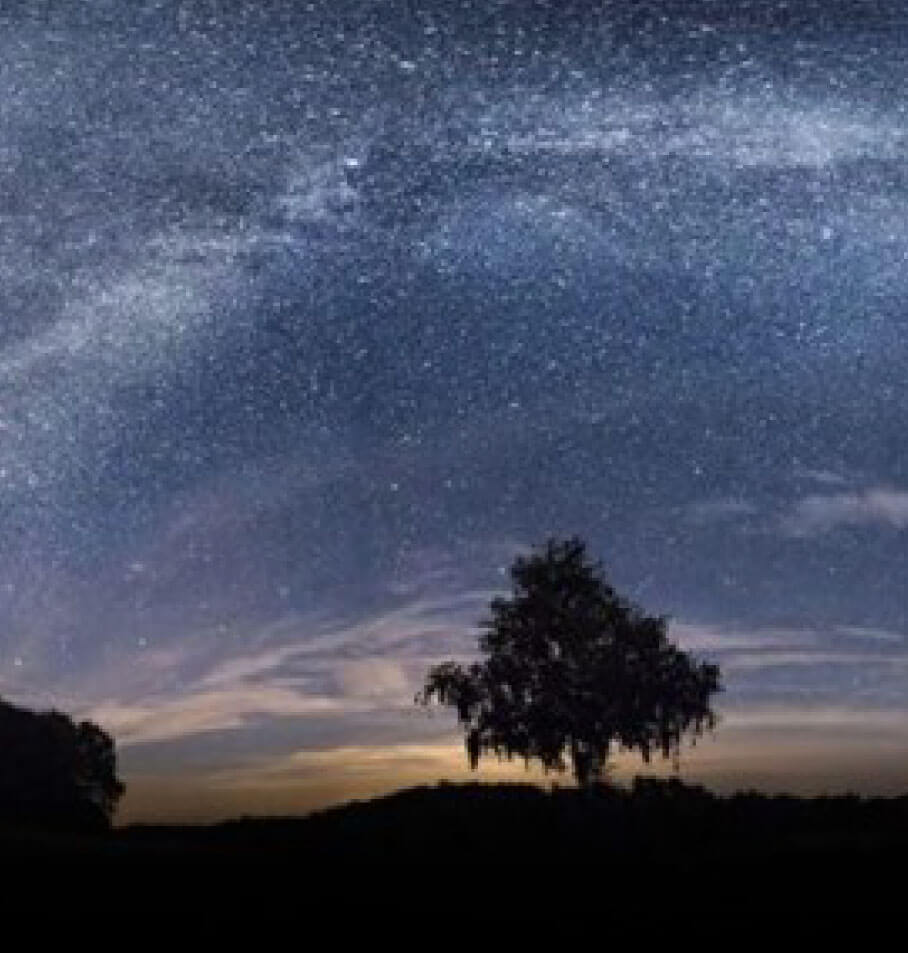
4. Regional Natural Park of Millevaches in Limousin, France (2021) (approx. 50 miles from Limousin) – This Dark Sky Reserve is recognized for its iconic landscapes of heather moors, peat bogs, wetlands, rivers, and old-growth deciduous forests, as well as for its unspoiled natural character. The Milky Way can be observed with the naked eye throughout the Reserve.
Photo by Nicolas Faulle
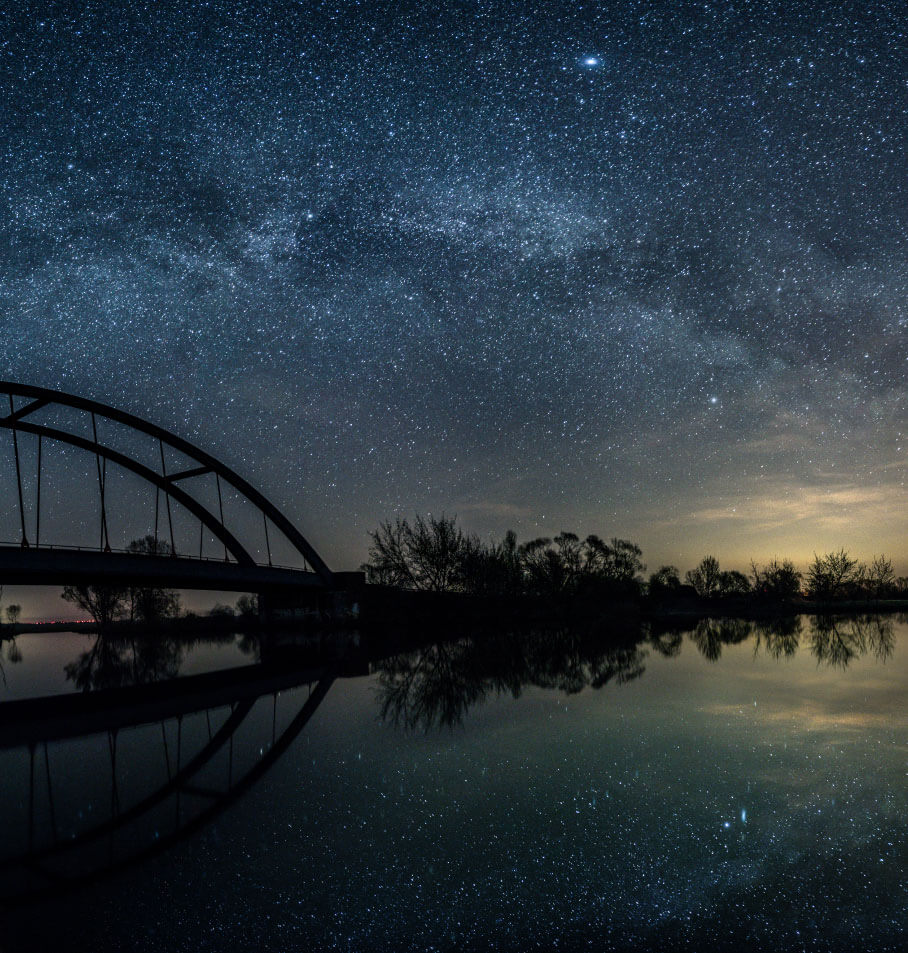
5. Westhavelland, Germany (2014) (50 miles from Berlin) — The largest contiguous wetland of any individual European country is located in this Dark Sky Reserve. Westhavelland has astro-friendly accommodations with telescopes and binoculars, as well as an annual AstroTreff star party held in September. The best viewing area is between the towns of Gülpe and Nennhausen.
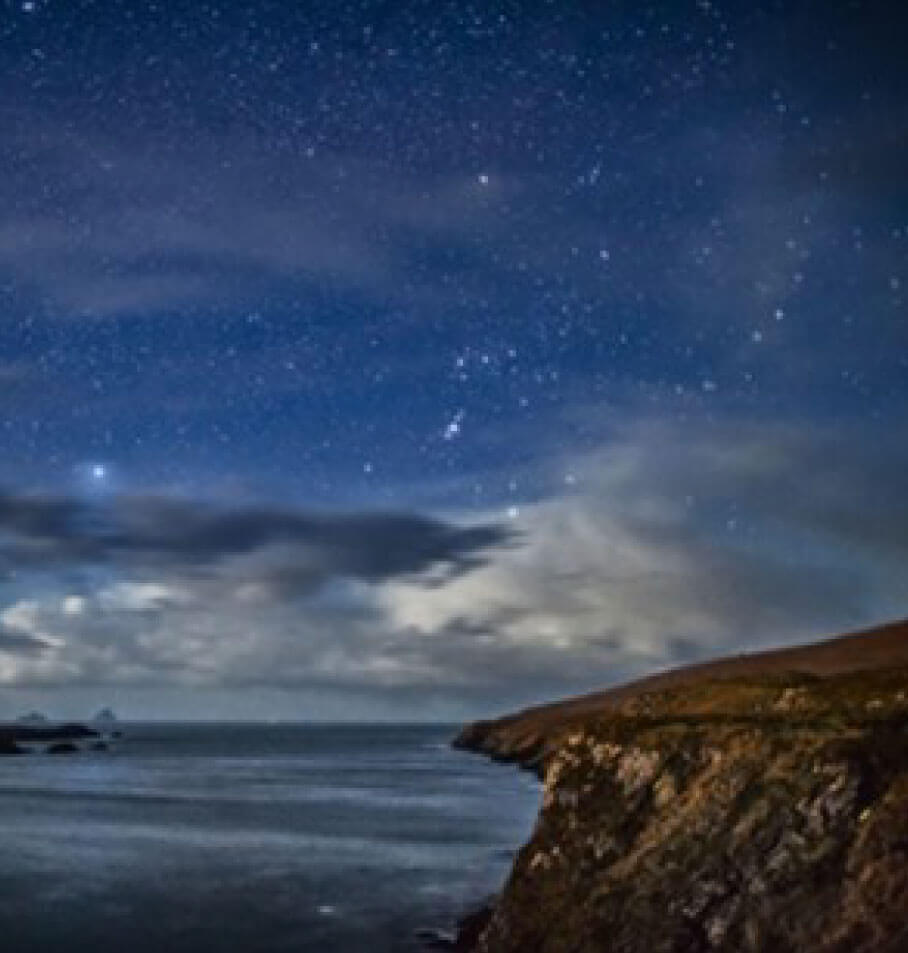
6. Kerry, Ireland (2014) (approx. 50 miles from Killarney) – Ireland’s first Dark Sky Reserve allows you to see the stars sparkle on the sea and admire them from atop majestic, thousand-foot-high cliffs. Axial stone circles built by inhabitants of the Iveragh Peninsula an estimated 6,000 years ago may have been designed to track the sun, moon, and stars.
Photo by Peter Cox

7. Aoraki Mackenzie (Mount Cook), New Zealand (2012) (approx. 130 miles from Timaru) — Mount Cook is the highest mountain in the Southern Alps range. The best star gazing is from the Mount John Observatory atop a 3,376-foot mountain. The indigenous Maori used the night sky to navigate the island and integrated astronomy and star lore into their culture.

8. Central Idaho, USA (2017) (approx. 15 miles from Ketchum/Sun Valley) – This Dark Sky Park is in one of the last large ‘pools’ of natural nighttime darkness left in the United States — the vast and rugged Sawtooth Mountains. It spans Ketchum, Stanley, and Sun Valley. The reserve features 13 Dark Sky Viewing Sites, most of them located off Highway 75.
Photo by Wally Pacholka / AstroPics.com.